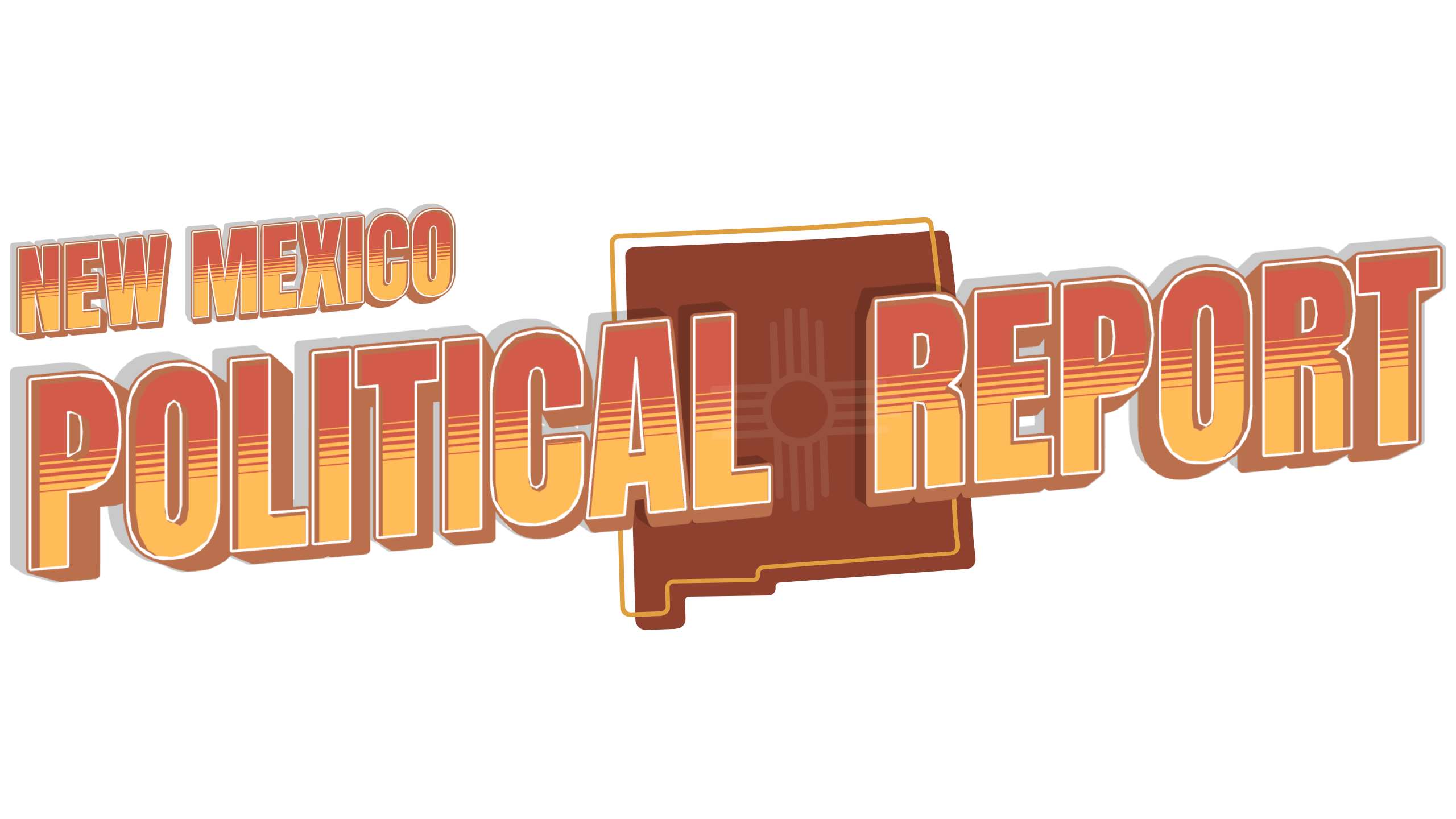U.S. Senator Ben Ray Luján (D-N.M.), the Ranking Member of the Subcommittee on Telecommunications and Media, delivered a Senate floor speech Wednesday, criticizing the Trump administration’s proposal to eliminate $1.1 billion in federal funding for public radio and television stations across the nation.
The senator’s address comes as New Mexico and Texas grapple with deadly flooding, underscoring the vital role public broadcasting plays in informing and safeguarding communities during natural disasters and providing reliable news.
Senator Luján said the function of public broadcasting is critical during emergencies, particularly in New Mexico, which has a history of devastating natural disasters like fires and floods. He said during the Hermit’s Peak/Calf Canyon fire three years ago, local radio stations and public broadcasters were instrumental in disseminating real-time information about evacuations, shelter, food drives and state and federal resources, especially when mobile phones and other communication systems were down.
“New Mexico is far too familiar with the devastation and destruction that come with fires, flooding, and other natural disasters,” Senator Luján stated in his speech. He warned that these crucial communication channels are now “under attack by Congressional Republicans and the White House.”
Senate Democrats are “sounding the alarm and leading the charge to stop this dangerous rescission package before it harms families, communities, and the public broadcasting that they rely on,” according to Luján.
Luján said there is widespread reliance on public broadcasting in New Mexico, from daily news and educational programming to local music and sports. He also said that he has received numerous calls, texts and visits from constituents urging him to protect public radio and broadcasting, with many radio station employees expressing fears of job loss.
“From every corner of our state, New Mexicans are speaking out with one clear message: do not mess with public broadcasting,” Luján said. “Radio is one of the most dependable ways to get information out when disaster strikes a community.”
